
In everyday conversation, ‘Black sheep’ is usually a negative description. But for the Black Welsh Mountain sheep, their distinctive dark colouring is the key feature for which the breed was prized and developed. As their name suggests, these are the native sheep which have grazed on the Welsh mountains for centuries. Up until the mediaeval period, these were mixed colour flocks, with the black fleeces being highly valued for making patterned fabric without the need for dying the wool. But the developing commercial wool trade favoured white fleece, and so this became the predominant colour.
However, some breeders still valued their black sheep, and by the early 20th century, selective breeding had produced an all-black strain. The Black Welsh Mountain Sheep Breeders Association was founded in 1920. These sheep are now recognised as a distinct breed in their own right, with all the thriftiness and agility of a Welsh Mountain sheep but also the fine black fleece, known in their native country as “gwlan cochddu” – red-black wool.
THE FLEECE
“I keep them for the black fleece, as well as their heritage because I am Welsh,” says Deborah Williams, whose 18 Black Welsh Mountains graze the pastures of Armscote Manor in Warwickshire along with a flock of Portland sheep. “They make lovely greys when mixed with the cream fleece from the Portlands.” The Black Welsh fleece is short, thick and strong, with very few kemp fibres, making it extremely soft. Unlike some other coloured breeds, the black fleece does not fade or grey with age: lambs are jet black, while adults are a very dark black-brown.
This story is from the {{IssueName}} edition of {{MagazineName}}.
Start your 7-day Magzter GOLD free trial to access thousands of curated premium stories, and 9,000+ magazines and newspapers.
Already a subscriber ? Sign In
This story is from the {{IssueName}} edition of {{MagazineName}}.
Start your 7-day Magzter GOLD free trial to access thousands of curated premium stories, and 9,000+ magazines and newspapers.
Already a subscriber? Sign In
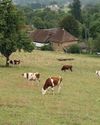
How to Buy a Smallholding in France- Long-time smallholder Lorraine Turnbull looks at the practicalities of moving to rural France
Aspiring smallholders are continually thwarted by the prices of smallholdings and property with land located within the UK. Even the humblest croft in Scotland comes with a substantial price tag and conditions which would make even an adventurous wannabee consider carefully. But all is not lost. For those willing to take the adventure of a lifetime, there is always Europe, and one of the most popular places is France.

Meet the Bournemouth goats and their supporters
These capricious animals are hard workers preserving the natural habitat
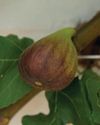
Still warm enough to sit outside with a Pizza
Henrietta Balcon uses fresh figs to create an unusual dish at Harvest time
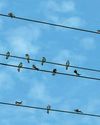
Goodbye to the birds of spring and summer
If you look and listen you might be able to see them preparing to leave says The RSPB
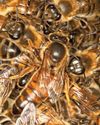
Get ready for the colder weather in the warmth of late summer
Claire Waring advises on doing the best to make sure your colonies survive until next spring
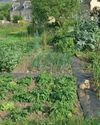
Preparing the Veg Patch for Winter
Lee Senior says, a well-run plot can excitingly continue to produce good quality, tasty, fresh food for much of winter
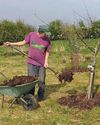
Time to prepare to plant your orchard
Wade Muggleton, smallholder and author of The Orchard Book, shares his practical experience so you can create your own fruit collection
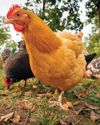
Choosing feed for the autumn
As autumn approaches, Joanna Palmer, nutritionist at the Smallholder Range, offers advice on choosing the right feed to support your adult birds through their annual moult and ensure your young birds grow and finish well at this time of the year.
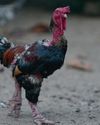
Vet advice from an experienced poultry vet
Reflecting on how much the humble hen has helped people world wide plus advice on stopping the scourge of red mite
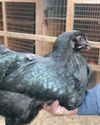
Give your hens some support
Paul Donovan looks at the right and wrong ways of handling birds